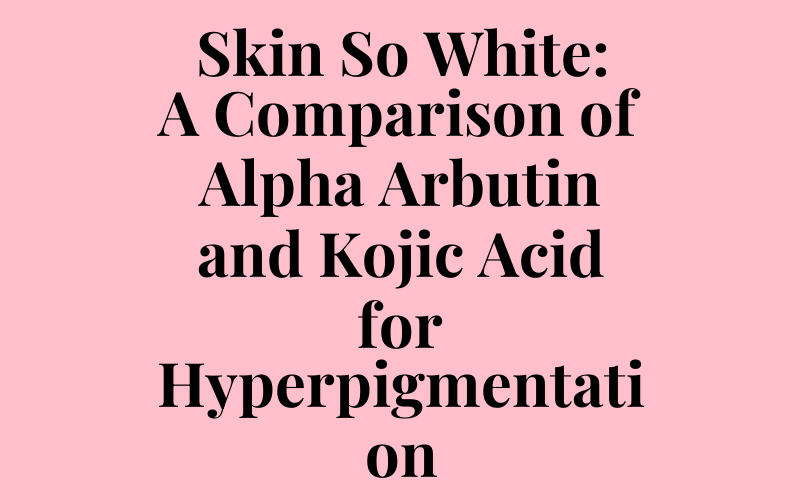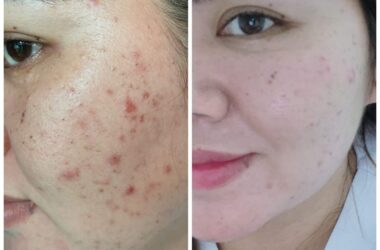Table of Contents
Skin So White: A Comparison of Alpha Arbutin and Kojic Acid for Hyperpigmentation
In our pursuit of radiant, even-toned skin, many of us face a common challenge: hyperpigmentation. Whether it’s due to exposure to the sun, injury, or hormonal fluctuations, dark spots and patches can be frustrating and difficult to treat. Fortunately, there are several potent ingredients that can help to diminish their appearance. Alpha arbutin and kojic acid are two of the most popular and effective ones. But which one is best for you? In this article, we’ll delve into the world of hyperpigmentation and explore the benefits and drawbacks of these two powerhouses, helping you make an informed decision for your own skincare routine.
What is Alpha Arburin?
Alpha arbutin is a naturally occurring compound that’s often derived from the berries of the Mortonia umbellata plant. It’s a type of hydroquinone that’s commonly used in skincare products to reduce the appearance of dark spots, hyperpigmentation, and melanoma. Alpha arbutin works by inhibiting the production of tyrosinase, an enzyme that’s responsible for the production of melanin, the brown or black pigment in our skin. By doing so, it helps to reduce the formation of dark spots and even out skin tone.
What is Kojic Acid?
Kojic acid is a naturally occurring compound that’s extracted from the fungus Aspergillus aqualensis. It’s been used in traditional Japanese cuisine for centuries as a natural preservative and has also been touted as an effective treatment for various skin conditions, including hyperpigmentation. Kojic acid works similarly to alpha arbutin by inhibiting the production of tyrosinase, thereby reducing the formation of melanin and improving skin tone. However, it’s worth noting that kojic acid can be more effective than alpha arbutin in reducing the appearance of dark spots due to its ability to destabilize existing melanin pigment.
Comparison: Alpha Arbutin vs Kojic Acid
While both alpha arbutin and kojic acid are effective in reducing the appearance of hyperpigmentation, they have some key differences. One of the main advantages of alpha arbutin is its gentler, more gradual approach. It’s often less irritating and may be suitable for sensitive skin types. In contrast, kojic acid can be more potent and may cause redness, itching, or allergic reactions in some individuals. On the other hand, kojic acid is more effective in reducing the appearance of dark spots and has been shown to be more effective in reducing the formation of new melanin.
Conclusion
When it comes to treating hyperpigmentation, both alpha arbutin and kojic acid can be effective. However, it’s essential to consider your individual skin type, needs, and concerns before choosing between these two ingredients. If you have sensitive skin, alpha arbutin may be a better option. If you’re looking for a more powerful solution to address stubborn dark spots, kojic acid might be the way to go. Ultimately, a combination of both or layering them with other treatments can lead to optimal results. By understanding the benefits and drawbacks of each ingredient, you can make an informed decision and take the first step towards achieving the radiant, even-toned skin you desire.
| Ingredient | Benefits | Drawbacks |
|---|---|---|
| Alpha Arbutin | Gentle and gradual action Suitable for sensitive skin May be less irritating | May not be as effective in reducing dark spots May require prolonged use |
| Kojic Acid | More effective in reducing dark spots Destabilizes existing melanin pigment | May cause irritation, redness, itching, or allergic reactions Cannot be used on broken skin or wounds |
Recommended Products
-
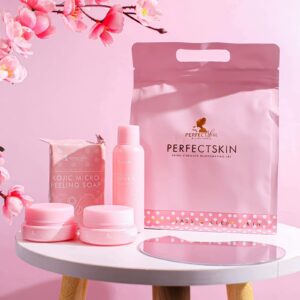 Perfect Skin Extra Strength Rejuvenating SetKD7.000
Perfect Skin Extra Strength Rejuvenating SetKD7.000 -
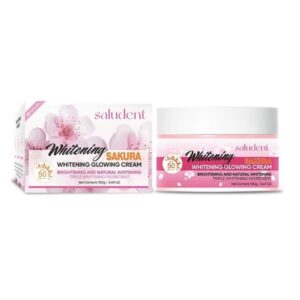 saludent, Whitening Sakura Whitening Glow Cream SPF50 100gKD6.000
saludent, Whitening Sakura Whitening Glow Cream SPF50 100gKD6.000 -
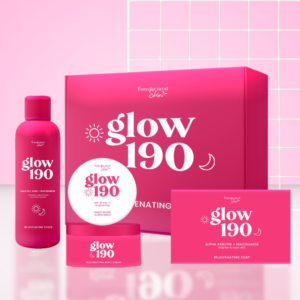 Glow 190 Rejuvenating Set by Transformed SkinKD8.000
Glow 190 Rejuvenating Set by Transformed SkinKD8.000 -
 Brilliant Skin Lightening Natural Care Body Lotion – 600mlKD4.000
Brilliant Skin Lightening Natural Care Body Lotion – 600mlKD4.000 -
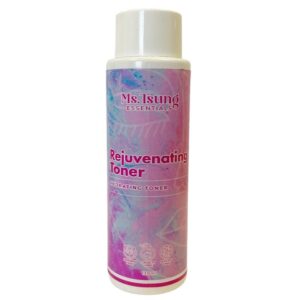 Ms.Tsung Rejuvenating Toner 120mlKD3.990
Ms.Tsung Rejuvenating Toner 120mlKD3.990 -
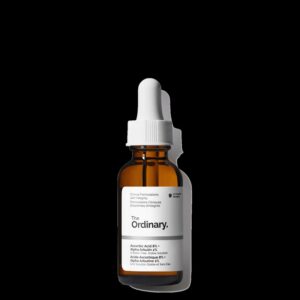 The Ordinary Ascorbic Acid 8% + Alpha Arbutin 2% Serum 30mLKD6.000
The Ordinary Ascorbic Acid 8% + Alpha Arbutin 2% Serum 30mLKD6.000 -
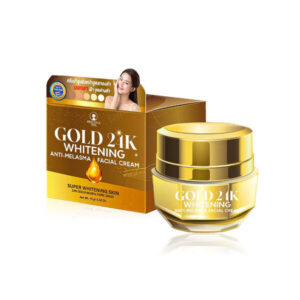 Precious Skin Gold 24K Whitening Anti-Melasma Facial Cream 15gKD2.450
Precious Skin Gold 24K Whitening Anti-Melasma Facial Cream 15gKD2.450 -
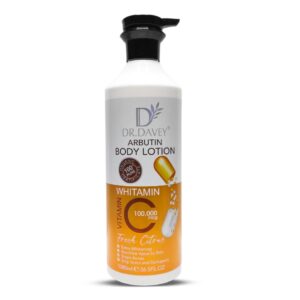 Dr. Davey Arbutin Body Lotion – 1080mlKD4.500
Dr. Davey Arbutin Body Lotion – 1080mlKD4.500 -
Product on sale
 Dark Spot Correcting Glow Cream 50mLOriginal price was: KD10.000.KD6.000Current price is: KD6.000.
Dark Spot Correcting Glow Cream 50mLOriginal price was: KD10.000.KD6.000Current price is: KD6.000. -
 Dr.Davey Kojic Body Lotion All Day Hydrating & Smoothing – 300mlKD2.490
Dr.Davey Kojic Body Lotion All Day Hydrating & Smoothing – 300mlKD2.490 -
 Dr. Davey Skin Whitening Face Cream – 50gKD3.990
Dr. Davey Skin Whitening Face Cream – 50gKD3.990 -
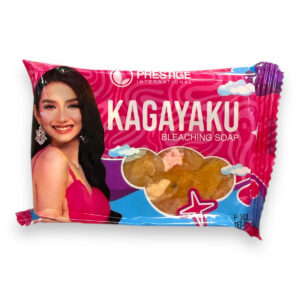 Prestige Kagayaku Bleaching Soap 75gKD2.000
Prestige Kagayaku Bleaching Soap 75gKD2.000 -
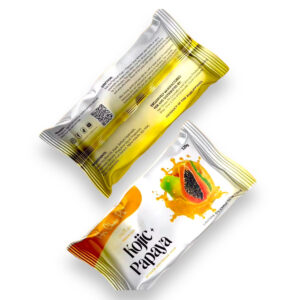 Her Choice Kojic Papaya Soap 120gKD2.500
Her Choice Kojic Papaya Soap 120gKD2.500 -
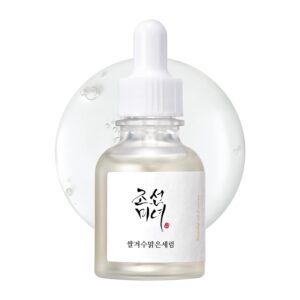 Beauty of Joseon Glow Deep Serum Rice + Alpha-Arbutin 30mlKD8.000
Beauty of Joseon Glow Deep Serum Rice + Alpha-Arbutin 30mlKD8.000 -
 The Ordinary Alpha Arbutin 2% + HAKD6.000 KD10.000Price range: KD6.000 through KD10.000
The Ordinary Alpha Arbutin 2% + HAKD6.000 KD10.000Price range: KD6.000 through KD10.000 -
 Perfect Skin GlutaAlpha ArbutinWhitening Body Lotion – 250mlKD5.500
Perfect Skin GlutaAlpha ArbutinWhitening Body Lotion – 250mlKD5.500 -
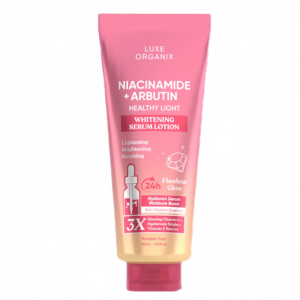 Luxe Organix Niacinamide +Alpha ArbutinHealthy Light Whitening Serum Lotion – 350mlKD5.990
Luxe Organix Niacinamide +Alpha ArbutinHealthy Light Whitening Serum Lotion – 350mlKD5.990 -
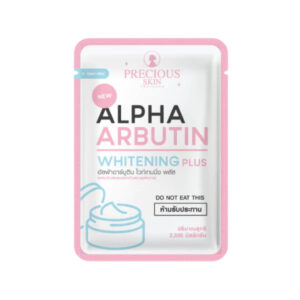 Precious Skin AlphaAlpha ArbutinWhitening Plus Powder 10’sKD6.000
Precious Skin AlphaAlpha ArbutinWhitening Plus Powder 10’sKD6.000

